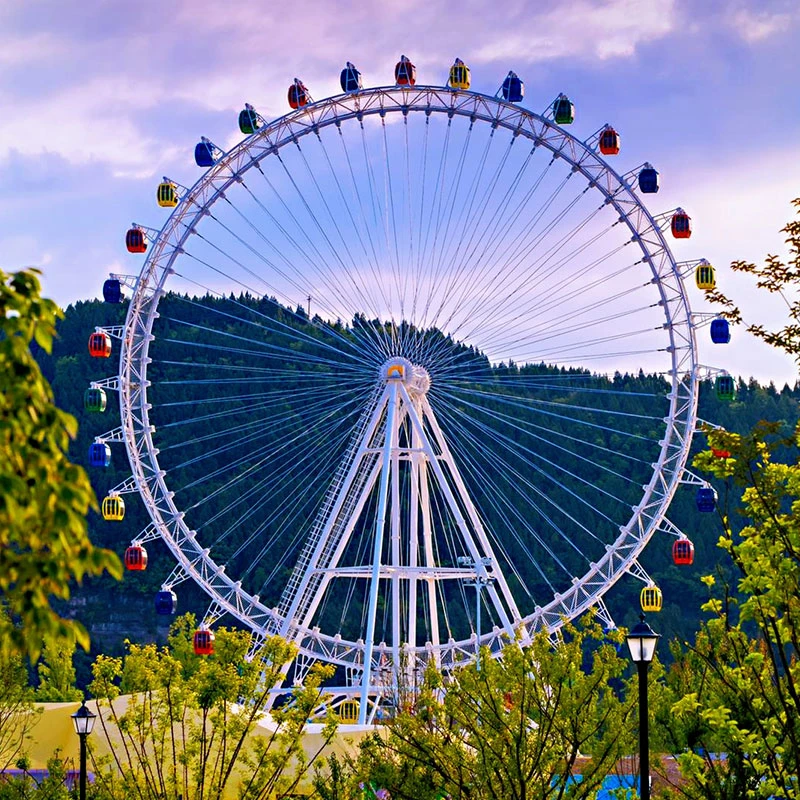- Albanian
- Arabic
- Belarusian
- Bengali
- Czech
- English
- French
- German
- Hebrew
- Hungarian
- Indonesian
- irish
- Italian
- Japanese
- kazakh
- Persian
- Russian
- Thai
- Uzbek
- Vietnamese
cost to buy a ferris wheel
The Cost to Buy a Ferris Wheel An Investment in Joy
When you think about amusement parks or carnivals, one iconic attraction that comes to mind is the Ferris wheel. Towering high above the fun and laughter, these rotating giants are not only visually appealing but also symbolize the joy and excitement of leisure activities. However, for entrepreneurs and investors, the question arises what is the cost to buy a Ferris wheel? Understanding the financial implications and potential returns can help in making informed decisions about this investment.
Initial Purchase Costs
The price of a Ferris wheel can vary significantly based on several factors including size, design, and manufacturer. On average, a small to medium-sized Ferris wheel might cost anywhere from $100,000 to $500,000. Larger, more elaborate Ferris wheels—such as those found in major cities, like the London Eye or the High Roller in Las Vegas—can reach upwards of several million dollars. For instance, the record-breaking Ain Dubai, which stands at a staggering 250 meters tall, had an estimated cost of around $1.6 billion.
These costs include not just the construction of the wheel itself but often encompass transportation, installation, and sometimes even initial licensing and maintenance fees. When budgeting for the purchase of a Ferris wheel, potential buyers should also account for additional expenses such as site preparation, safety inspections, and the necessary permits and insurance.
Ongoing Maintenance and Operation Costs
Owning a Ferris wheel is not just a one-time cost; ongoing expenses can add up over time. Maintenance is crucial to ensure the safety and functionality of the ride. This includes routine inspections, repairs, and regular cleaning. It’s advised that operators set aside around 10% of the initial investment annually for maintenance. Hence, if a Ferris wheel costs $300,000, an annual budget of approximately $30,000 should be anticipated for upkeep.
Operational costs also play a significant role in the overall financial picture. This includes staffing—hiring operators, ticket sellers, and maintenance personnel—as well as utilities like electricity and water. Not to mention, marketing expenses are crucial for attracting visitors to the location where the Ferris wheel is installed.
cost to buy a ferris wheel

Revenue Potential
Despite the upfront and ongoing costs, the revenue potential of a Ferris wheel can be appealing. Ticket prices for Ferris wheel rides typically range from $5 to $15 per person, and with a capacity of around 20 to 30 riders per cycle, the earning potential can be substantial. For example, if a Ferris wheel has a turnover of 10 rides per hour and operates for 10 hours a day, at $10 a ticket, the daily gross revenue could reach $1,000.
Furthermore, during peak seasons, holidays, or special events, ticket sales can soar. Offering exclusive rental options for private parties or corporate events can also diversify income streams. Some Ferris wheel operators enhance the experience by adding food stalls, merchandise shops, or photo opportunities that can further increase revenue.
Strategic Location
The success of a Ferris wheel investment is heavily influenced by its location. A Ferris wheel situated in high-footfall areas such as city centers, close to attractions, or even in holiday resorts can attract a larger audience. Furthermore, collaborating with local businesses and tourism boards can boost visibility and foot traffic.
Conclusion
Investing in a Ferris wheel is a multifaceted decision that involves understanding several financial variables. From the initial purchase cost to ongoing maintenance and the potential for significant revenue generation, the economic dynamics can be financially rewarding if managed well. Moreover, beyond the numbers, a Ferris wheel can be a beacon of joy and attraction, bringing smiles and unforgettable experiences to families and individuals alike. Thus, while the financial commitment is considerable, the value derived from creating happiness and memories is truly priceless.
-
Flume Ride-Hebei Zhipao Amusement Equipment Manufacturing Co., Ltd.|Thrilling Water Attraction&Customizable DesignJul.30,2025
-
Flume Ride - Hebei Zhipao Amusement Equipment | Water Coaster, Thrilling DescentJul.30,2025
-
Flume Ride - Hebei Zhipao | Thrilling Water AttractionJul.30,2025
-
Flume Ride: Thrilling Water Attraction by Hebei Zhipao|Log Flume Manufacturers&Flume Ride DesignJul.30,2025
-
Flume Ride-Hebei Zhipao Amusement Equipment Manufacturing Co., Ltd.|Thrilling Water Coaster, Safe DesignJul.30,2025
-
Flume Ride-Hebei Zhipao Amusement Equipment Manufacturing Co., Ltd.|Thrilling Water Attraction, Safe DesignJul.30,2025
